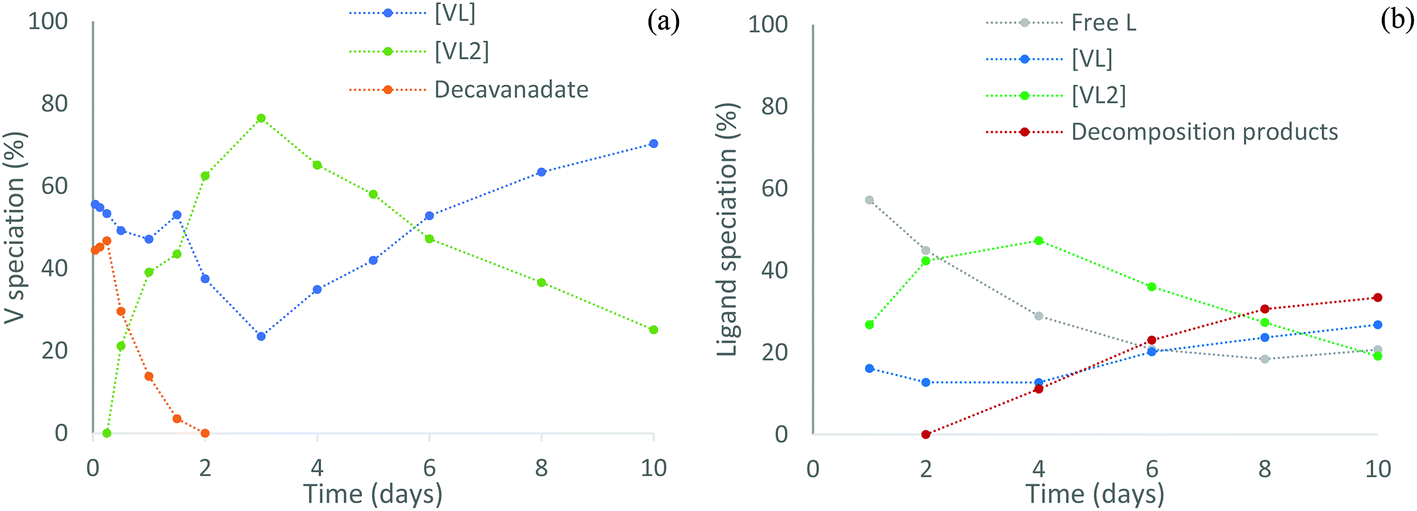Free cadence orcad 105 portable download reviews 2016 youtube. General Overview Kinetics for Synthetic Chemists Bibliography: J. Espenson, “Chemical Kinetics and Reaction Mechanism”, 1st or 2nd Ed. This Perspective presents a personal overview of the current status of the theory of chemical kinetics and mechanisms for complex processes. We attempt to assess the status of the field for reactions in the gas phase, at gas–solid interfaces, in liquid solutions, in enzymes, and for protein folding. Some unifying concepts such as potential energy surfaces, free energy, master equations,.
Contents • • • • • • • • • • • • • • • • • • History [ ] In 1864, and pioneered the development of chemical kinetics by formulating the, which states that the speed of a chemical reaction is proportional to the quantity of the reacting substances. Studied chemical dynamics and published in 1884 his famous 'Etudes de dynamique chimique'. In 1901 he was awarded by the first Nobel Prize in Chemistry 'in recognition of the extraordinary services he has rendered by the discovery of the laws of chemical dynamics and osmotic pressure in solutions'. After van 't Hoff, chemical kinetics deals with the experimental determination of from which and are derived. Relatively simple exist for (for which reaction rates are independent of concentration),, and, and can be derived for others.
Follow the, but the rate law of has to be derived by combining the rate laws of the various elementary steps, and can become rather complex. In consecutive reactions, the often determines the kinetics. In consecutive first order reactions, a approximation can simplify the. The for a reaction is experimentally determined through the and the. The main factors that influence the include: the of the reactants, the of the reactants, the at which the reaction occurs, and whether or not any are present in the reaction. And Yablonsky have suggested that the history of chemical dynamics can be divided into three eras. The first is the van 't Hoff wave searching for the general laws of chemical reactions and relating kinetics to thermodynamics.
The second may be called the -- wave with emphasis on reaction mechanisms, especially for. The third is associated with and the detailed mathematical description of chemical reaction networks. Factors affecting reaction rate [ ] Nature of the reactants [ ] The reaction rate varies depending upon what substances are reacting. Acid/base reactions, the formation of, and are usually fast reactions. When covalent bond formation takes place between the molecules and when large molecules are formed, the reactions tend to be slower. The nature and strength of bonds in reactant molecules greatly influence the rate of their transformation into products. Physical state [ ] The (,, or ) of a reactant is also an important factor of the rate of change.
Block ads microsoft solitaire collection. Stay away from the “Microsoft Solitaire Collection” game preinstalled on Windows 10. This app doesn’t just have advertising–it has video ads that are 30 seconds long. You can avoid the advertising by paying $10 a year.
When reactants are in the same, as in, thermal motion brings them into contact. However, when they are in different phases, the reaction is limited to the interface between the reactants.

Reaction can occur only at their area of contact; in the case of a liquid and a gas, at the surface of the liquid. Vigorous shaking and stirring may be needed to bring the reaction to completion. This means that the more finely divided a solid or liquid reactant the greater its per unit and the more contact it with the other reactant, thus the faster the reaction. To make an analogy, for example, when one starts a fire, one uses wood chips and small branches — one does not start with large logs right away.
In organic chemistry, are the exception to the rule that homogeneous reactions take place faster than heterogeneous reactions. Surface area of solids [ ] In a solid, only those particles that are at the surface can be involved in a reaction. Crushing a solid into smaller parts means that more particles are present at the surface, and the frequency of collisions between these and reactant particles increases, and so reaction occurs more rapidly.